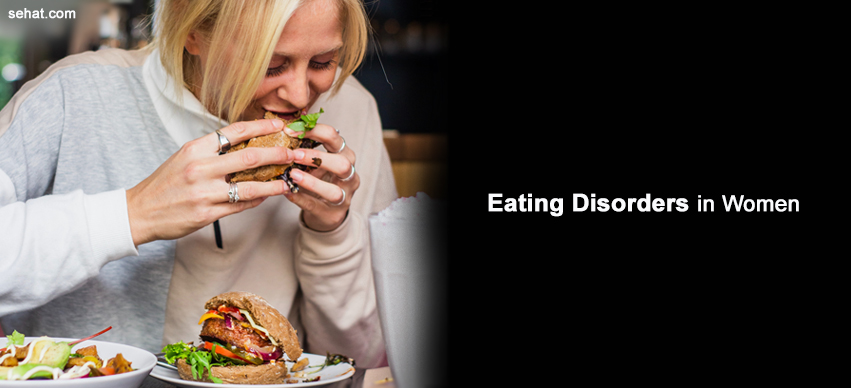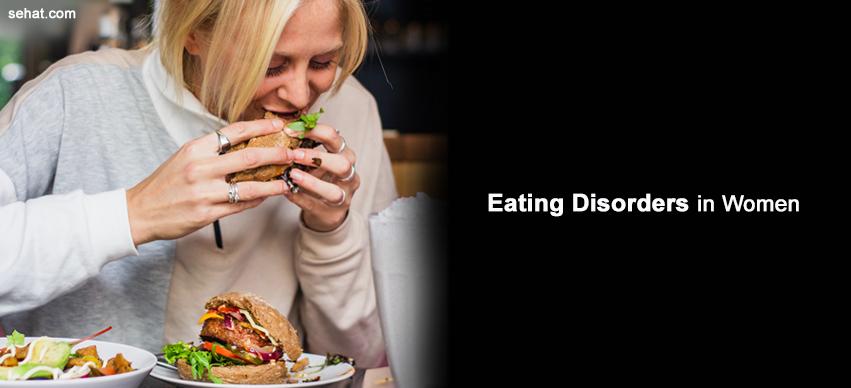Nanoparticle Therapy – An Emerging Cancer Treatment
5 Min Read


The most well-known eating disorders in women are anorexia nervosa, bulimia nervosa, and binge-eating disorder. Other eating disorders such as nighttime eating disorder and avoidant/restrictive food intake disorder also affect many women of all ages but, unlike severe eating disorders requiring residential-type treatment, these less common eating disorders may simply need outpatient eating disorder treatment to resolve the condition.
As physicians and therapists specializing in treating eating disorders become more adept at recognizing signs of an eating disorder, newer and lesser-known eating disorders are emerging that eating disorder treatment centers address using both evidence-based and developmental psychotherapies. One of these newly appearing eating disorders is called orthorexia.
Recognized over a decade ago, orthorexia is an eating disorder in which a person compulsively restricts the consumption of food based on their perception of the food's "cleanliness, wholesomeness, and healthiness.â€
The development of orthorexia usually begins when someone makes the decision to start living a healthy lifestyle. In addition to increasing their level of physical activity, they also make drastic changes to what kind of foods they eat. Over time, their focus on eating low-fat, low-calorie, fresher foods becomes more than a lifestyle change. Instead, an obsession over food types, ingredients, how much they eat and even the time of day they eat begins taking over their lives. Eating disorders in women often develop in ways similar to how orthorexia develops--as a lifestyle choice that ultimately becomes a harmful fixation.
For example, a person with orthorexia may decide to cut all gluten, oils, alcohol and animal proteins out of their diet in their endeavor to lead a healthier lifestyle. After eating this diet for several months, they begin experiencing cravings for fish, eggs and other animal proteins essential for good nutrition. To counteract what they fail to recognize as a nutritional deficiency due to their orthorexia, they may start doing juice cleanses and avoid eating solid food for several days. A diet restricting solid food will eventually take a toll on overall health as the body is starved for nutrients and begins shutting down. Eating disorder treatment centers evaluating someone with severe orthorexia may recommend the individual be hospitalized for malnutrition before they begin psychotherapy.
Not everyone who decides to eat healthier foods develops orthorexia. Risk factors for this eating disorder include having perfectionistic tendencies, obsessive/compulsive habits, rigid (black or white) thinking and harm-avoidance personality traits (pessimism, shyness and excessively worrying about details).
People with chewing and spitting eating disorder will chew food but refuse to swallow it. Their intention is to appease their craving for the way a certain food tastes but avoid gaining weight by not "eating" the food. Chewing and spitting is similar in some ways to other eating disorders in women, like binge-eating disorder, because chewing and spitting involves eating large amounts of high-fat, high-calorie foods but not consuming the food. Women with binge-eating disorder eat large amounts of food at one time but immediately force themselves to vomit afterward.
Women suffering from chewing and spitting ED often spend hours every day engaging in selecting food, chewing food and finding ways to spit out food without being noticed. In severe cases, chewing and spitting can dramatically interfere with remaining employed, maintaining family relationships and reduce social contacts. In addition, a small body of research on chewing and spitting indicates this eating disorder is associated with suicidal ideation and higher scores on psychological measures regarding body image concerns, depression, preoccupation with weight and appearance and anxiety.
Physical consequences of a chewing and spitting disorder include stomach ulcers, hormonal imbalances, weight loss, swollen salivary glands, and tooth decay. Eating disorder treatment centers address symptoms of chewing and spitting using cognitive behavioral therapy, nutrition therapy, teaching patients to understand and cope with their feelings of guilt and shame and improving a patient's ability to think more flexibly.
New eating disorders in women continue to emerge as our media and culture increase their focus on the mantra that "skinny is attractive." Residential and outpatient eating disorder treatment programs remain the most effective methods, anyone, with an eating disorder, can depend on to achieve recovery from an eating disorder.